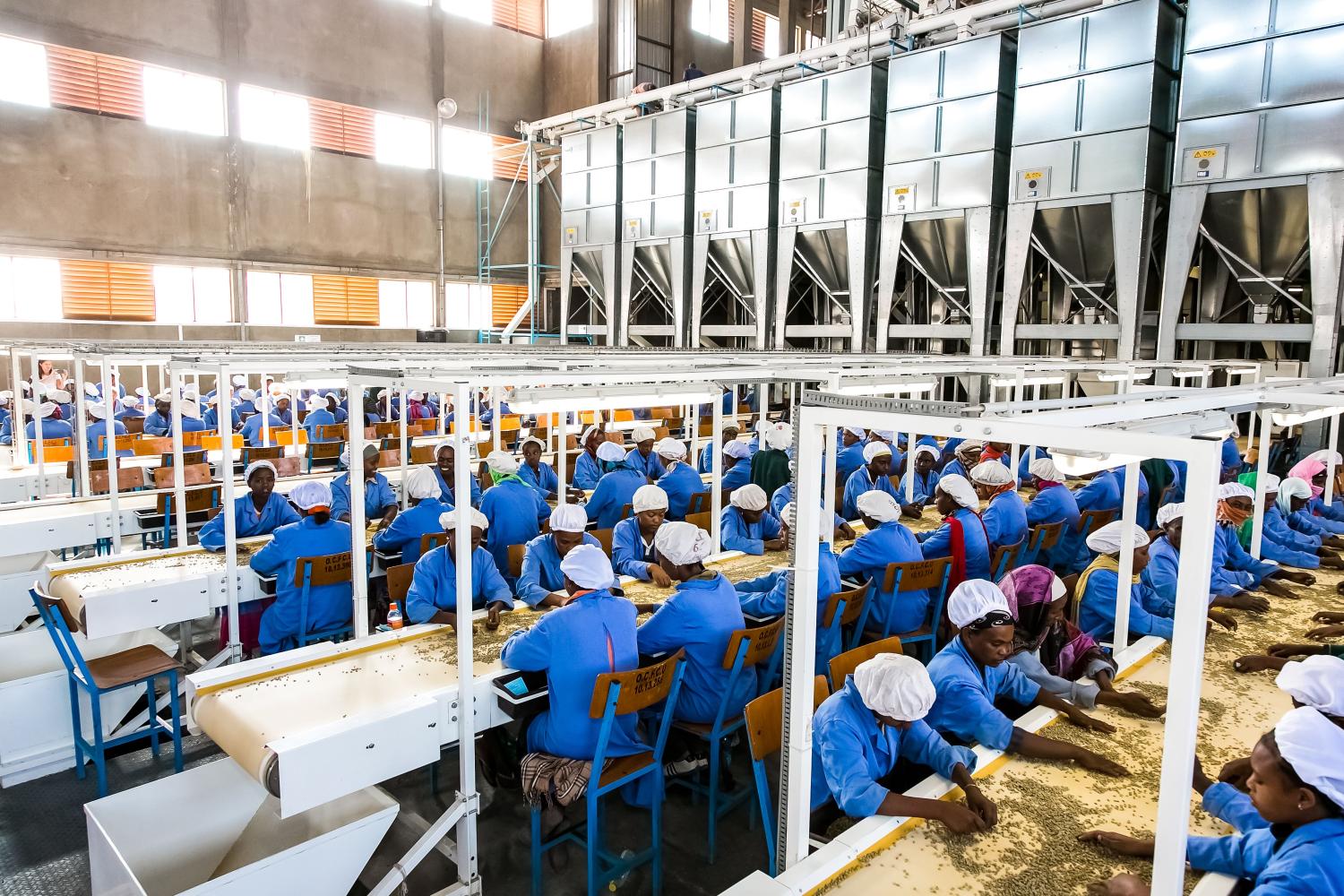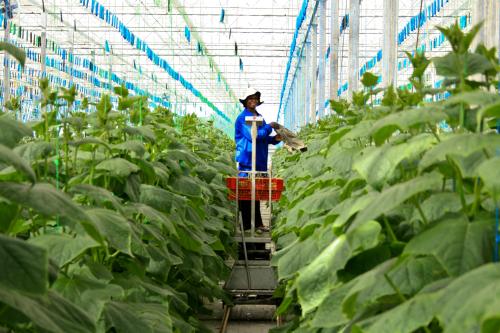Abstract
As the world’s youngest region, improving employment opportunities, especially for youth, is important in sub-Saharan Africa for several reasons, including the fact that most people work their way out of poverty. This paper reviews the state of employment outcomes today, trends in the past 10 years, and the opportunities and challenges for employment policy in sub-Saharan Africa in the post-COVID-19 period. It identifies what is known about the drivers of these outcomes, and the consequences for Africa’s youth.
The good news is that, as incomes and level of economic development and transformation improve in sub-Saharan Africa, youth and adult employment outcomes improve. In other words, when countries achieve balanced economic growth and transformation, better employment opportunities follow. SSA outcomes are similar to those found in developing countries in other regions, after controlling for income level; SSA countries are mostly not behind the rest of the world. Employment outcomes tend to be worse in lower-middle-income resource-rich countries because income improvements do not correlate well with development outcomes—either in the labor market or outside of it.
These results show that the youth employment policy agenda in sub-Saharan Africa is, first and foremost, an economic transformation agenda, including raising within-sector productivity in lower productivity sectors such as agriculture and expanding output and employment in higher productivity sectors. These changes will widen economic opportunity choice sets for youth. The “industries without smokestacks” (IWOSS) agenda is one approach to achieving this outcome.
Nonetheless, youth entering labor market today and over the next decade will face a set of constrained choices. Current levels of economic development and transformation will not provide enough wage employment opportunities to match the high rate of labor force growth, which is driven by past and current high fertility. As a result, informal will be normal for several decades. The African employment agenda needs to include measures to increase productivity and earnings in the informal economy. Improving educational quality to build stronger cognitive and socio-emotional skills is also part of the agenda, as is reducing the obstacles women face in the world of work, including amending or abolishing discriminatory laws and enacting policies and programs to reduce or eliminate marriage and childbirth under the age of 18.
The Brookings Institution is committed to quality, independence, and impact.
We are supported by a diverse array of funders. In line with our values and policies, each Brookings publication represents the sole views of its author(s).







